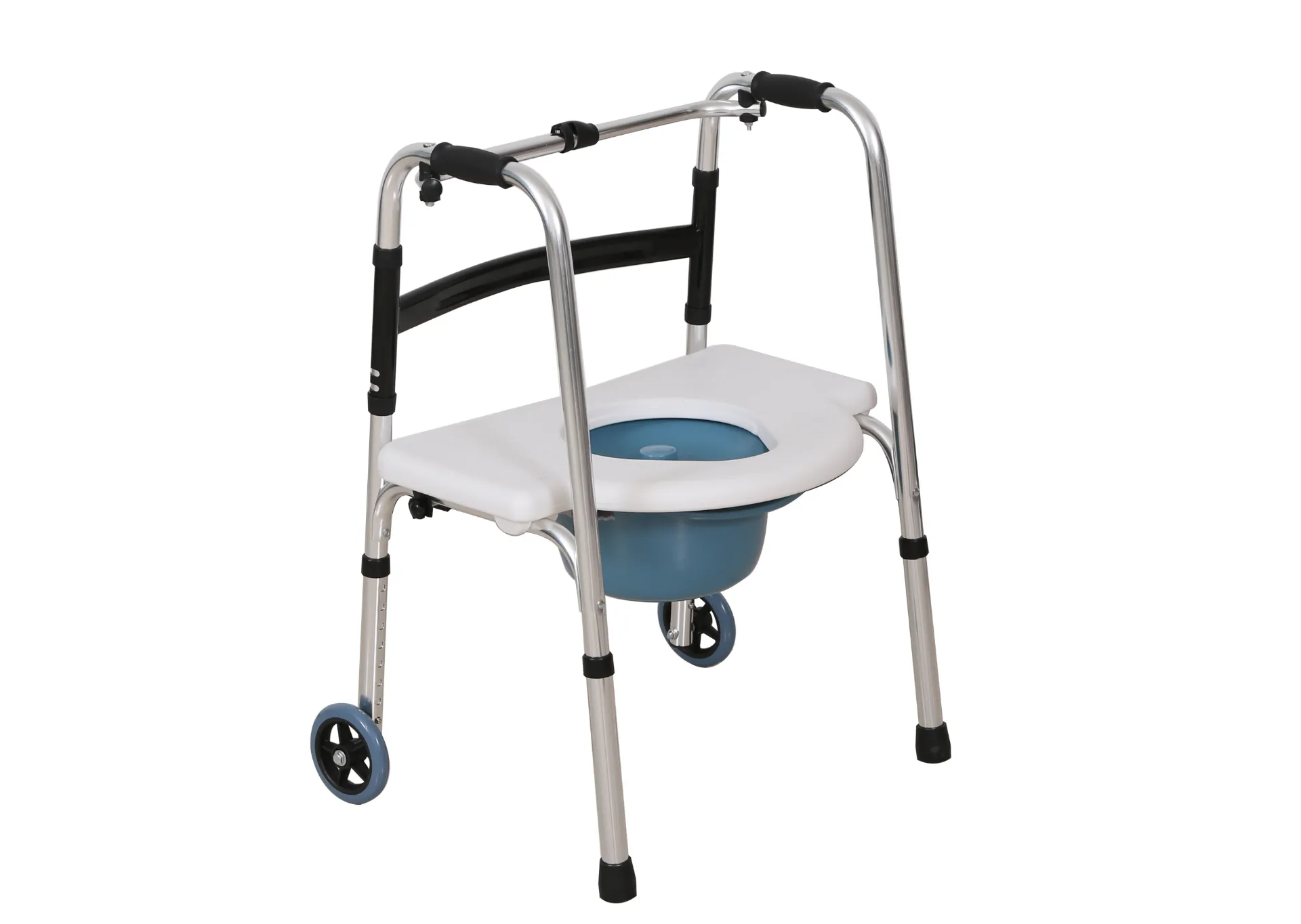Welcome to our websites!
electric wheelchair won't move
Troubleshooting Your Electric Wheelchair Why It Won't Move
Electric wheelchairs have drastically improved mobility for countless individuals, providing independence and freedom. However, encountering issues where your electric wheelchair won't move can be frustrating. Identifying the underlying causes of these problems is crucial for restoring functionality. Below, we explore common reasons why your electric wheelchair might not be moving, along with potential troubleshooting tips.
1. Battery Issues
The first thing to check when your electric wheelchair won't move is the battery. If the battery is discharged, the wheelchair will not function. Ensure that the battery is fully charged; try plugging it into the charger and allow it to charge for a few hours. Additionally, inspect the battery terminals for corrosion or loose connections, as these can hinder power transfer.
If the batteries are old or failing, they may not hold a charge effectively. In this case, replacing the batteries with new ones could resolve the issue.
2. Joystick and Controller Problems
The joystick or control system is the brain of your electric wheelchair. If the joystick is malfunctioning, it won't send the appropriate signals to the motors to drive the chair forward or backward. Ensure that the joystick is not physically obstructed or stuck. If it feels loose or unresponsive, it might require repair or replacement.
Additionally, look for error messages or warning lights on the controller's display
. Refer to the user manual for your specific wheelchair model to decode any error indicators.3. Motor and Drive Train Malfunctions
electric wheelchair won't move

If the battery and control systems check out, the issue might lie within the motors or drive train. Electric wheelchairs typically use powerful motors to drive the wheels; if there is a malfunction, the chair won't move. Listen for unusual noises when trying to engage the wheelchair—grinding or clicking sounds could suggest problems with the motors or gears.
Inspect the drive wheels to ensure they're not jammed. Debris or objects can often obstruct movement, disabling the wheelchair's mobility. If any parts appear damaged, they may need to be repaired or replaced.
4. Safety Features Engaged
Many electric wheelchairs come with safety features, such as a manual override or a freewheel mode. If the wheelchair is in freewheel mode, it will not move under power. Check the user manual to determine how to toggle this feature correctly.
Additionally, weight distribution can play a role in the functionality of your electric wheelchair. Be sure that the weight is evenly distributed and ensure that you are within the weight limitations specified by the manufacturer.
5. Seek Professional Help
If troubleshooting does not solve your problem, it may be time to consult a professional technician. Regular maintenance is key to ensuring the longevity of your electric wheelchair. Professional servicing can help identify issues that are not immediately apparent, such as internal wiring or electronic component malfunctions.
Conclusion
In summary, a non-moving electric wheelchair can stem from various issues, ranging from simple battery problems to more complex motor failures. By systematically checking each component, you can diagnose the problem and take the necessary steps to restore mobility. Always consult your user manual for specific instructions related to your model, and don’t hesitate to seek professional assistance when needed. Maintaining your electric wheelchair will ensure it continues to provide you with the independence you cherish.
-
Transforming Healthcare with Hospital FurnitureNewsJun.24,2025
-
Rehabilitation EquipmentNewsJun.24,2025
-
Mobility and Independence with WheelchairsNewsJun.24,2025
-
Freedom of Mobility with Our Rollator WalkersNewsJun.24,2025
-
Comfort and Independence with Commode ChairsNewsJun.24,2025
-
Bathing Safety and Independence with Shower ChairsNewsJun.24,2025
-
Navigating the Wholesale Landscape of Electric Mobility Solutions: Key Considerations for Power Wheelchair DealersNewsJun.10,2025











